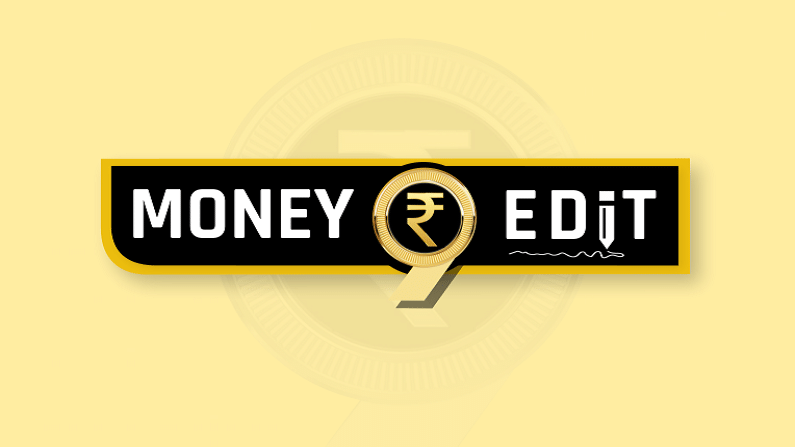See you at loan mela
Easy credit can boost demand and MSME can use cheap loans to service the demand but everything substantially depends on consumer sentiment.

With the second tide of the pandemic ebbing, the economy is struggling to return to its normal growth path and millions of idle hands are eagerly waiting for jobs. The return to normalcy depends largely on the rise in demand in the economy. The nearest push to demand can come from the festive season when a wide range of products from consumer durables to apparels, personal care products to house care items, travel packages to hospitality, automobiles to electronic goods get a sharp boost.
To boost demand, the finance minister has nudged banks to make credit available to retail borrowers and small businesses. While easy credit certainly stokes retail demand, it is the medium and small-scale industry that is in real need of liquidity to service the demand. The MSME was one of the primary targets of the liquidity pool of Rs 50,000 crore that the Reserve Bank had announced in May to ameliorate the hardships of both the individual and MSMEs.
MSMEs need not only restructuring of loans but also loans to serve the demand that might emerge in the market in the next few months. Though capacity expansion cannot happen immediately even if a disbursement timeline of 30 days is strictly maintained, companies in need of working capital can certainly meet increased demand with loan capital. In fact, despite easing of norms in recent years, small and medium units still complain of difficulty in wresting credit from banks.
However, stimulating demand in the economy is a complex matter and much depends on that great intangible called consumer sentiment that depends as much on the present scenario as on expectation about the future. Earlier this month a survey indicated that though consumer sentiment survey is rising, there is great unevenness in the rise. While the northern part of the country led in the share of families, who increased expenditure during the second wave, the eastern states lagged. In the west and south, too, less than 50% of the families said they increased expenditure on essential items. An RBI report on consumer sentiment in June also painted, rather predictably, a poor picture of the sentiment during the second wave. Going forward, the severity of the third wave and the rate of vaccination would determine to a considerable extent the future of consumer sentiment. Till then, a loan mela might go some way in uniting the consumers and the industry.